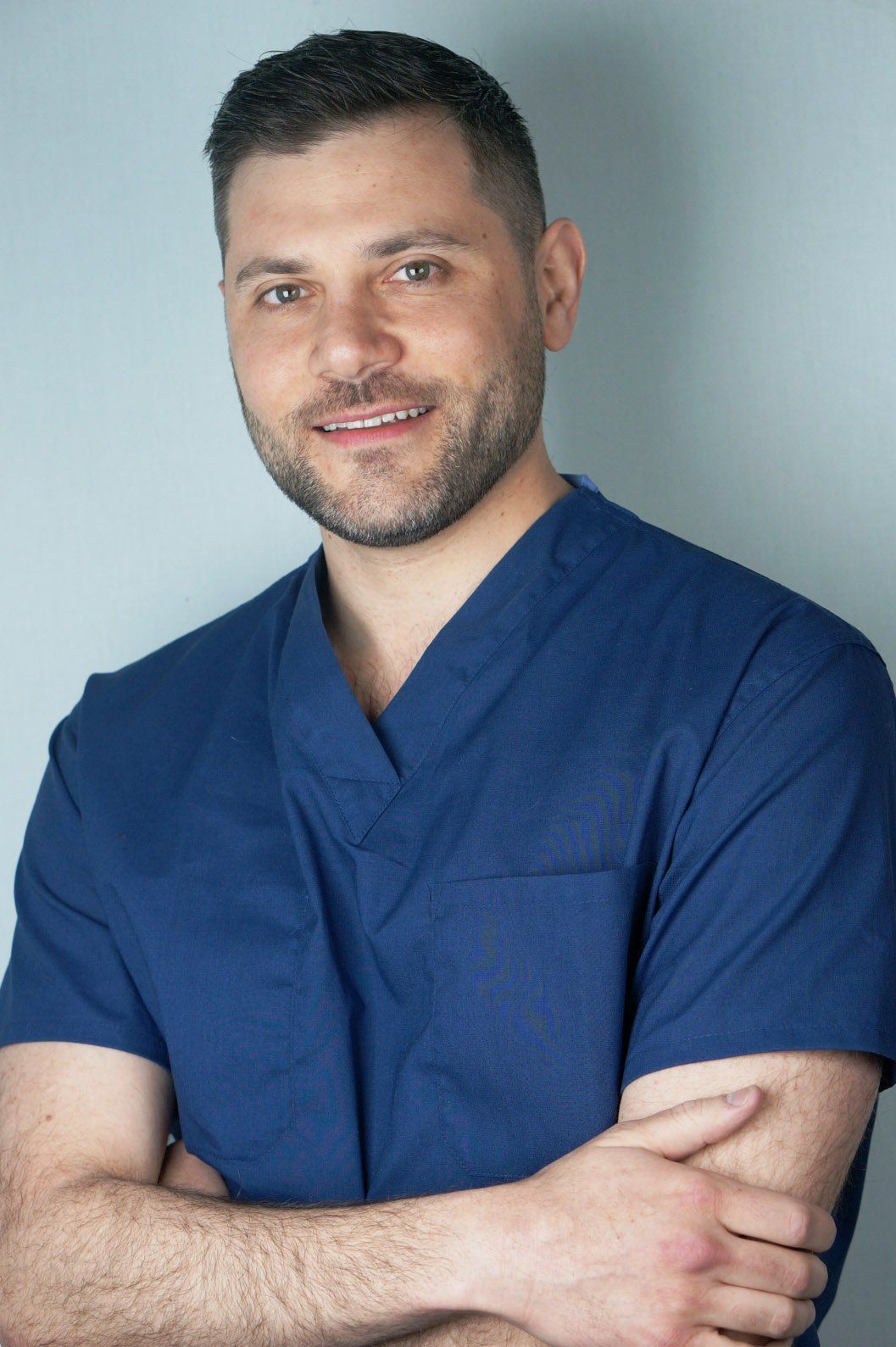- Case-Based Roundtable
- General Dermatology
- Eczema
- Chronic Hand Eczema
- Alopecia
- Aesthetics
- Vitiligo
- COVID-19
- Actinic Keratosis
- Precision Medicine and Biologics
- Rare Disease
- Wound Care
- Rosacea
- Psoriasis
- Psoriatic Arthritis
- Atopic Dermatitis
- Melasma
- NP and PA
- Skin Cancer
- Hidradenitis Suppurativa
- Drug Watch
- Pigmentary Disorders
- Acne
- Pediatric Dermatology
- Practice Management
- Prurigo Nodularis
- Buy-and-Bill
Article
Physicians offer insight on body toning technologies
Author(s):
How does an aesthetic practice decide whether to invest in body toning technologies? We asked several aesthetic physicians to share what they’ve learned about what di fferentiates the technologies and more.

Dr. Prendergast

Dr. Belkin

The latest evolution in nonsurgical body contouring began last year with muscle-toning technology Emsculpt (BTL). Two other similar devices entered the market soon after to claim some of that noninvasive market share: Cooltone by Coolsculpting (Allergan) and truSculpt flex (Cutera).
RELATED: The current nonsurgical fat reduction landscape
The muscle stimulating devices noninvasively tone and stimulate muscle just enough to give reasonably fit patients a more sculpted look and feel.
Unlike volume reduction devices, such as Coolsculpting (Allergan), TruSculpt iD (Cutera) or SculpSure (Cynosure), muscle stimulating technology works to tone and shape by hyper stimulating the underlying muscle. The ideal candidate - one that is fit with minimal body fat - will likely by most satisfied from the investment, according to experts.
But results are temporary and treatments expensive, often in the range of $750 to $1,000 per treatment area. And having one of these devices is a sizeable investment for an aesthetic practice.
So, how does an aesthetic practice decide whether to invest in one of these technologies? We asked several aesthetic physicians to share what they’ve learned about what differentiates the technologies and more.
A QUESTION OF ROI
Plastic surgeon Christie Prendergast, M.D., Santa Monica, Calif., says Emsculpt has the advantage of being the first muscle-building and sculpting device on the market. That means it has more brand recognition to consumers than the others. However, adding Emsculpt to a practice comes at a hefty price.
“CoolTone… in terms of value can be more cost effective for those who already own a Coolsculpting machine,” says Dr. Prendergast.
RELATED: Allergan’s CoolTone device receives FDA clearance
One of the differentiators with Cooltone is that Allergan claims its technology has a higher intensity than competitors’ devices. That could mean fewer sessions and time to see the same results, but the jury remains out on that until there’s more data, according to Dr. Prendergast.
“For truSculpt flex, one of the things that Cutera is marketing, which I think has some clinical significance, is that truSculpt flex has multidirectional [electrical] therapy,” says Dr. Prendergast.
In theory, truSculpt flex might result in a more even, balanced result because instead of stimulating superficial muscle, like Emsculpt and Cooltone, it stimulates the superficial and deep muscle fibers. That, too, remains to be seen with more data, she says.
Best candidates for all muscle sculpting or toning technologies are generally physically fit and should be counseled that results are not permanent and need to be maintained with diet and exercise. Treatment enhances what patients have at baseline and is ideal for busy professionals who cannot dedicate the amount of time in the gym needed to achieve their body goals, according to Dr. Prendergast.
The temporary boost in muscle tone and function comes at a pretty steep price, so proper patient selection and counseling patients on what to expect is very important.
“I don’t think patients will see good ROI if they’re using this as a substitute for diet and exercise,” she says.
RELATED: Building a body business
DEFINING MAINTENANCE PROTOCOLS
Dermatologist Dan Belkin, M.D., who practices in New York City and South Hampton, N.Y., uses Cooltone. He says the technology is attractive to patients, offering more defined abs and rounder buttocks without the work, by stimulating “supramaximal” contractions that one cannot (and need not) muster on one’s own.
At his practice, Cooltone is an adjunct to other body contouring techniques like noninvasive fat reduction, such as Coolsculpting (Allergan); biostimulatory fillers, like Sculptra (Galderma) and Radiesse (Merz); and subcision, or Cellfina (Merz).
“Cooltone is FDA-cleared for buttocks, thighs and abdomen. It is at a lower price point than Emsculpt, which is important given any muscle stimulation device is going to require maintenance. It also delivers 50% more magnetic intensity than Emsculpt at both of their maximal operating strengths, which is typically how they are applied,” says Dr. Belkin. “It has not yet been established, however, whether this makes a di erence in outcome.”
Cooltone has fewer cleared treatment areas than the other devices, and, as with the entire class of these devices, an optimal protocol for maintenance has not been established, he says.
“Any muscle stimulation device will need some sort of maintenance protocol that is yet to be well defined. It seems effects from this technology last at least a month, but patients may require a treatment every few months for them to persist,” according to Dr. Belkin.
Disclosures:
Dr. Belkin practices at the Laser & Skin Surgery Center of New York, which was one of the research facilities that tested Cooltone.





